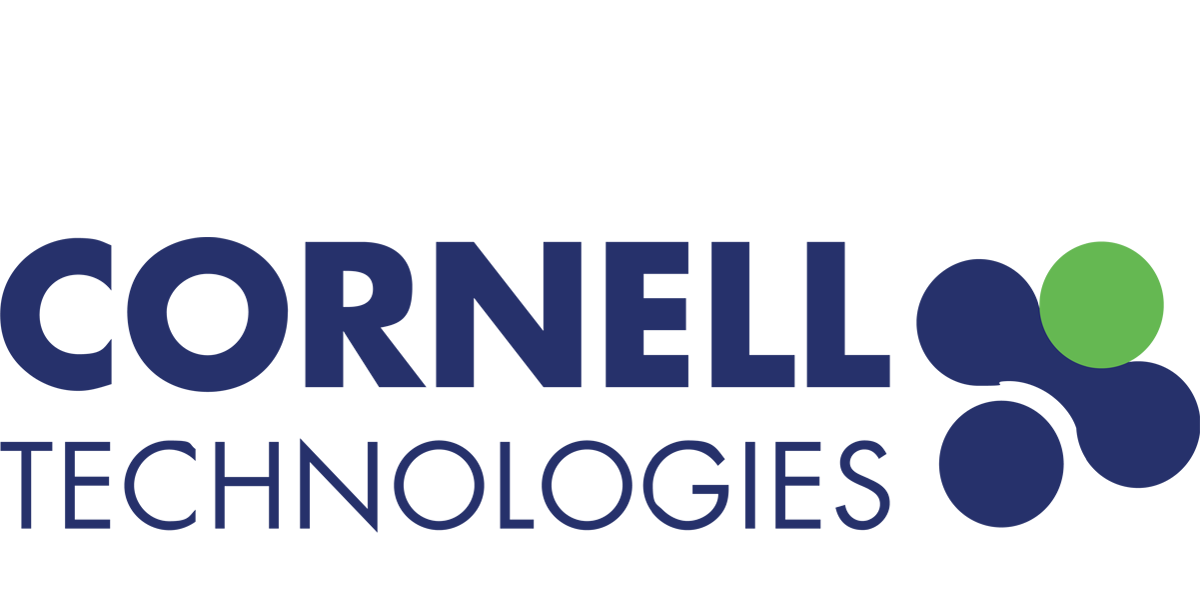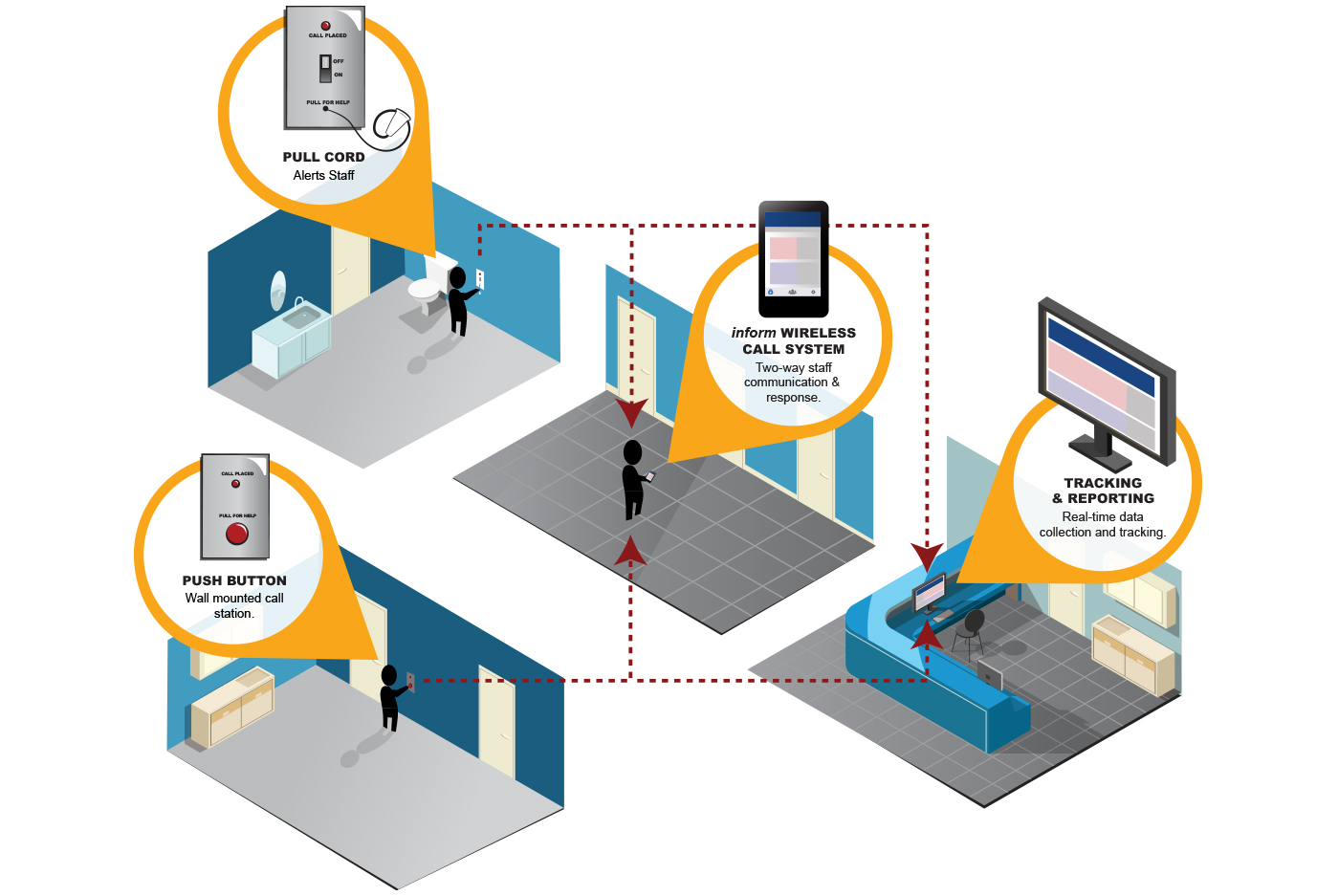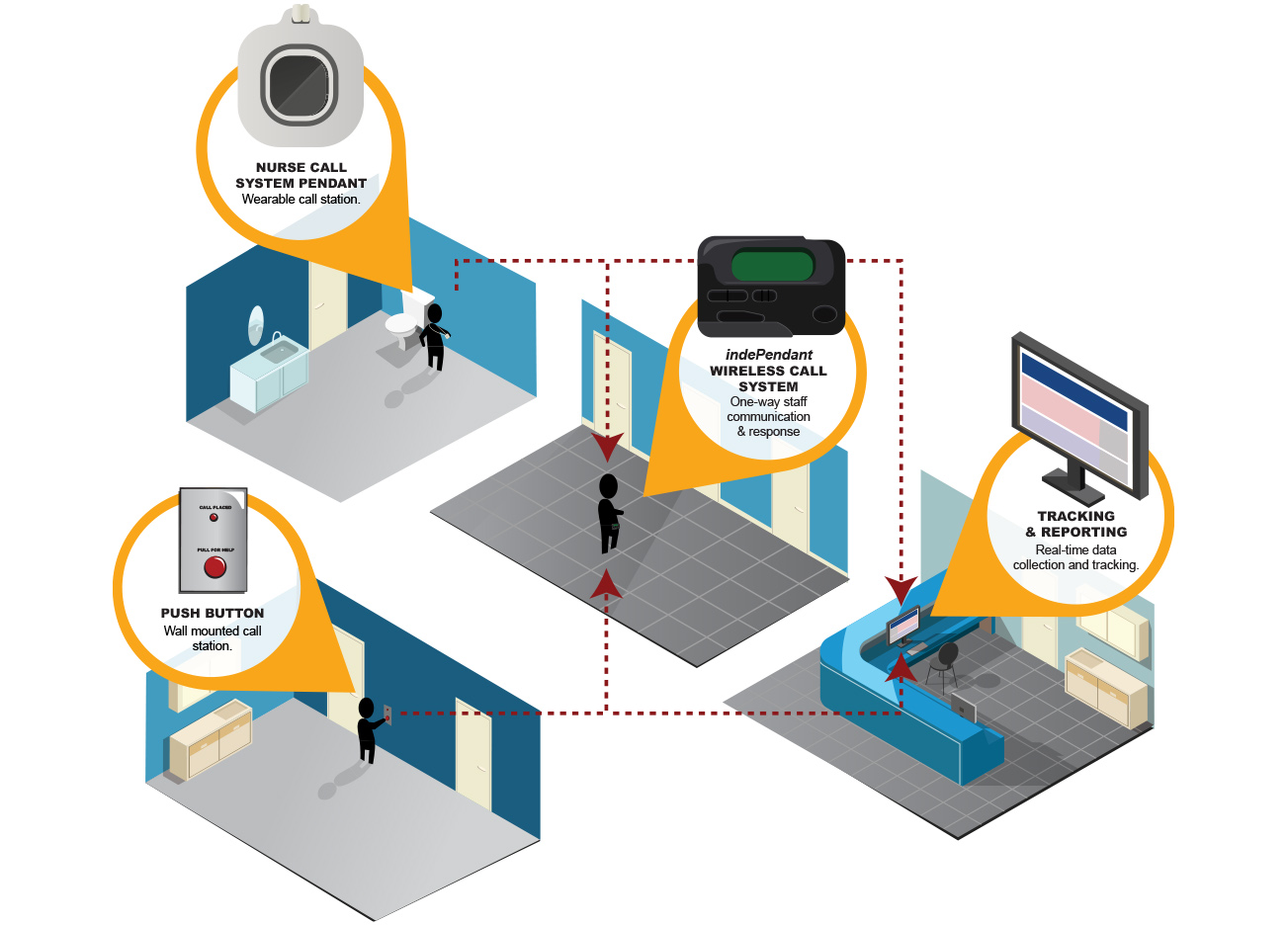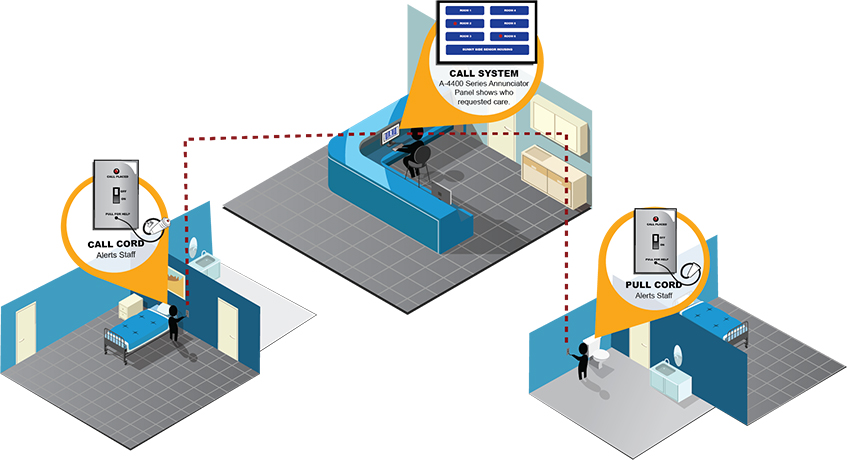Is Your Community Suffering from Too Much Noise?
From: Senior Housing Forum
Research shows that an important element in providing optimal person-centered care for a skilled nursing facility and assisted living residents is to enhance the environment in which they live. One way to do this is by reducing noise, which can be particularly troubling for those with dementia.
There is little argument to the assertion that people with dementia are particularly affected by their acoustic environments. According to a paper produced by the University of Wollongong, Australia, in 2014, as part of a conference that focused on acoustic design guidelines for dementia care facilities, while people with dementia might have normal hearing, they can lose the ability to interpret what they hear accurately. “As such, the amount, type and variety of noise a person with dementia is exposed to needs to be carefully regulated, as over or under exposure to noise can cause confusion, illusions, frustration, and agitation,” the paper states.
What’s more, here in the states, new dementia care practice recommendations from the Alzheimer’s Association declare the environment to be a vital area to consider for improvements to aid in dementia care. Among their list of priorities is to limit noise, notably from paging systems “and other institutional features that make the residence feel foreign or different from one’s home.”
Reduce Noise, Improve Quality of Life
One historical mainstay of the institutional systems are the old intercom-based nurse call systems that disrupt sleep patterns and present non-comforting distractions for those with dementia, causing unease and confusion when the goal is to make the facility a familiar, comforting community.
Such technology exists. Cornell, a Senior Housing Forum partner, has developed InformTM I A Mobile, a nurse call system that can be integrated directly into an existing nurse call system. It not only notifies healthcare staff when a resident is in need of assistance but also tracks staff response times and documents the nature of the call and what action was taken.
The idea that a call system can be efficient, reliable, and safe while offering an improved environment through reductions in unwanted noise is at the core of Cornell’s offerings. This is especially important at a time when nursing home and assisted living providers to consider new technologies to install resident-friendly systems that improve quality of care, and quality of life.
New Guidance Calls for Less Noise
For example, the Alzheimer’s Association’s guidance suggests the physical environment in which people in nursing, assisted living, and memory care live can encourage and support independence while promoting safety. This can include making it easier for residents with dementia to find their way around, like by providing cues for the location of the dining room or toilet facilities.
These efforts strive to make the building into a home-like environment, where residents have opportunities for privacy, sufficient lighting, pleasing music, and minimal negative stimuli such as loud overhead paging. By using Cornell’s InformTM I A Mobile nurse call system, for instance, residents with dementia are no longer faced with loud, non-emergency paging-system announcements and buzzers, which can make someone feel like they are in a foreign environment, and not like in a home.
The same holds true for individuals who do not have dementia, as anyone who endures such noise can certainly be disturbed by it.
Research Backs It Up
Research shows the acoustic environment particularly affects people with dementia. Even those whose hearing is not impaired can gradually lose the ability to interpret what they hear. This nurse call system can help in reducing this troublesome noise element from a resident’s daily life, containing noises that cause confusion, frustration, and increased agitation.
| Read the original Senior Housing Forum article here |
Cornell Communications offers state-of-the-art, reliable emergency call and communications solutions – including visual and wireless “nurse” call products, and clinical status, reporting, and paging systems. It has completed over 24,000 installations in skilled nursing facilities; independent assisted living, and memory care communities; and medical outpatient centers or clinics in every state in America. It has the largest service network in the industry.






